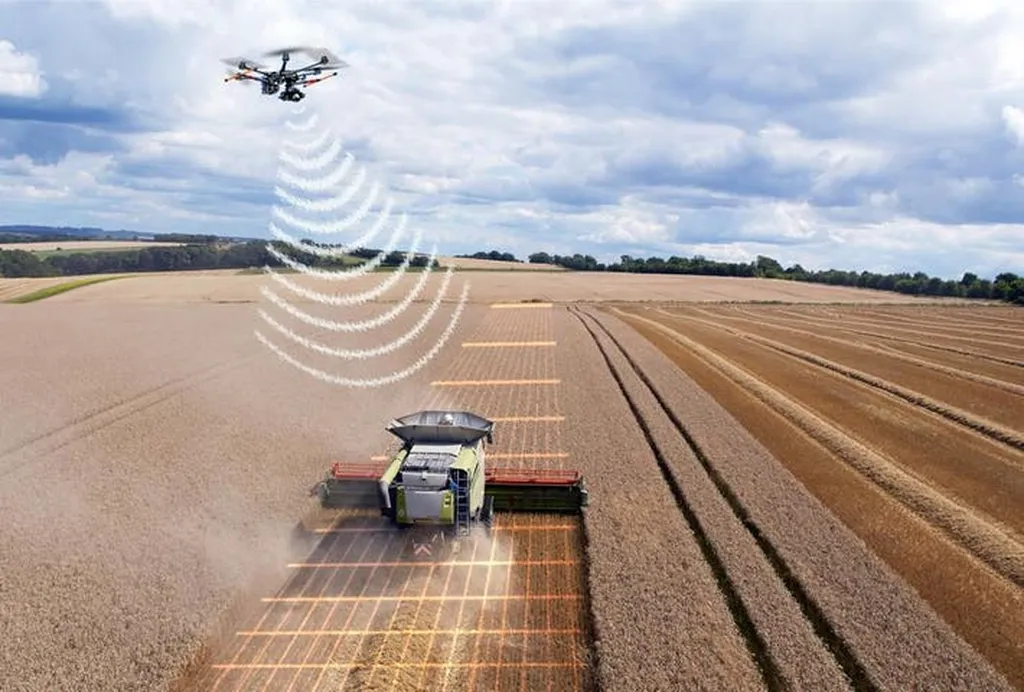In the sun-drenched fields of the United Arab Emirates, a revolutionary agricultural system is taking root, promising to transform the way we monitor and nurture our crops. The Solar Agro Savior (SAS), developed by Manu Mundappat Ramachandran from the Department of Computer Science at the Ministry of Education in Abu Dhabi, is a cutting-edge solution that combines drone technology, deep learning, and solar power to optimize water usage and pest control in agriculture.
At the heart of the SAS system lies a sophisticated alerting mechanism that monitors humidity, moisture, and temperature variations, which can significantly impact plant health and yield. “The system’s high-resolution cameras enable real-time, efficient response and alerting for environmental fluctuations to the authorities,” explains Ramachandran. This proactive approach allows farmers to address potential issues before they escalate, ultimately enhancing plant productivity.
The SAS system’s innovative use of drones for monitoring large areas sets it apart from traditional agricultural practices. Equipped with high-resolution cameras, these drones provide a bird’s-eye view of the fields, enabling precise and timely interventions. The integration of a machine learning algorithm, specifically a recurrent neural network (RNN), further enhances the system’s capabilities. The use of Long Short-Term Memory (LSTM) networks addresses the vanishing gradient problem, a common challenge in training deep neural networks, and an attention-based mechanism allows the model to focus on the most critical aspects of the data.
The commercial implications of this research are substantial, particularly for the energy sector. By utilizing solar panels to power the inbuilt irrigation system, the SAS system promotes sustainability and reduces reliance on conventional energy sources. This not only lowers operational costs but also contributes to a greener, more environmentally friendly agricultural sector.
The impact of the SAS system extends beyond water utilization and pest control. The integration of artificial intelligence-driven analysis and solar irrigation creates a sustainable framework for modern agriculture. As Ramachandran notes, “This system provides sustainability through the re-utilization of water and the elimination of electric energy through solar panel systems for powering the inbuilt irrigation system.”
The research, published in the journal ‘Agriculture’ (translated to English), highlights the potential of the SAS system to revolutionize the agricultural sector. With a yield accuracy of 99%, a precision value of 97.8%, a recall of 98.4%, and an F1 score value of 98.4%, the system’s performance is nothing short of impressive. As we look to the future, the SAS system offers a glimpse into the potential of smart agriculture and sustainable farming practices, paving the way for a more efficient and eco-friendly approach to crop management.
The implications of this research are far-reaching, with the potential to shape future developments in the field of agriculture. By combining drone technology, deep learning, and solar power, the SAS system offers a comprehensive solution that addresses the pressing challenges of water scarcity, pest control, and energy efficiency. As the world grapples with the impacts of climate change, innovations like the SAS system provide a beacon of hope for a more sustainable and resilient future.

